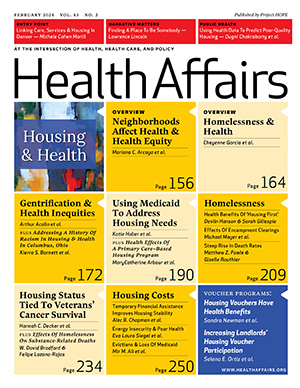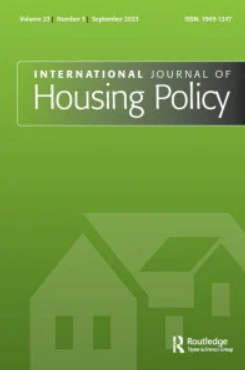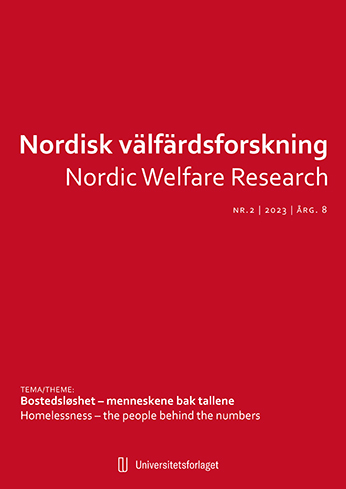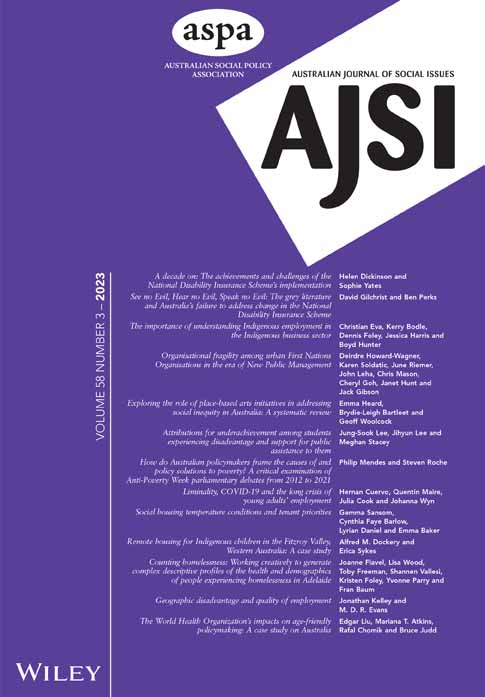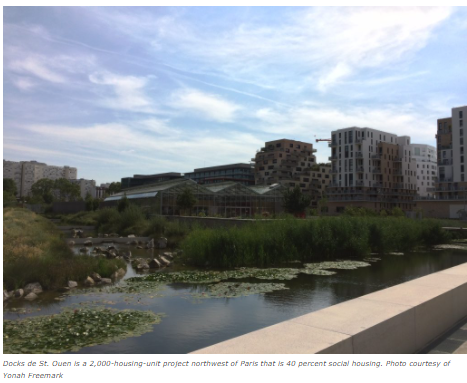Home Journal Articles Page 6
Journal Articles
- Research
In this overview, we highlight structural and individual risk factors that can lead to homelessness, explore evidence on the relationship between homelessness and health, discuss programmatic and policy innovations, and provide policy recommendations.
- Research
We sought to assess evidence describing surgical care for people experiencing homelessness and to perform a thematic analysis of the results.
- Research
Housing influences life chances and trajectories through many roles, differently and in relation to the socioeconomic characteristics of people and population groups. This article uses the concept – ‘housing niches’ to present an alternative, bottom-up, plural and bundled view of housing and advantage.
- Research
Nordic and international research recognises the vulnerabilities and often poor outcomes for care leavers. However, their interrelationship with housing or homelessness as a specific outcome of concern is not well established. In this article we provide an overview of Norwegian and Australian studies to highlight the emerging research in this area and applicability to the Nordic context.
- Research
The involvement of people with lived experience is broadly recognised as beneficial, and possibly essential, to effective service and policy planning. However, in the field of homelessness service delivery, this has not been thoroughly researched. This study found that the homelessness services appear to have actively aspired to meaningful service user participation, however tensions for policy and practice remain.
- Research
Economist Saul Eslake said there were issues on both the demand and supply side, claiming the current tax system was favouring investors over owner-occupiers which was driving up price.
“Acknowledging that it has been politically controversial,” he said. “It would be to remove the tax preferences that investors enjoy that inflate the demand.”
The Grattan Institute flagged taxation was distorting prices, particularly on the current discounts provided on assets through capital gains tax.
- Research
William Marble and Clayton Nall in the Stanford University Department of Political Science wanted to see what it would take to change people’s minds on development. They surveyed people in the 20 largest metro areas and found that people formed attitudes toward new development independently from their overall political ideology.Urban voters aren’t likely to embrace a strategy of getting out of the way and letting the market do its magic. Many are inclined, instead, to stand in the way to keep the market from doing harm. But if we were more honest about the limitations of the market, it would be easier to convince people that local governments can hold private development accountable for delivering benefits to people who are being left out.
- Research
Ending the limitations on new social and affordable housing created by what has been labelled Nimbyism Not In My Back Yard might require a top down legislative approach as well as a bottom up community engagement strategy.

